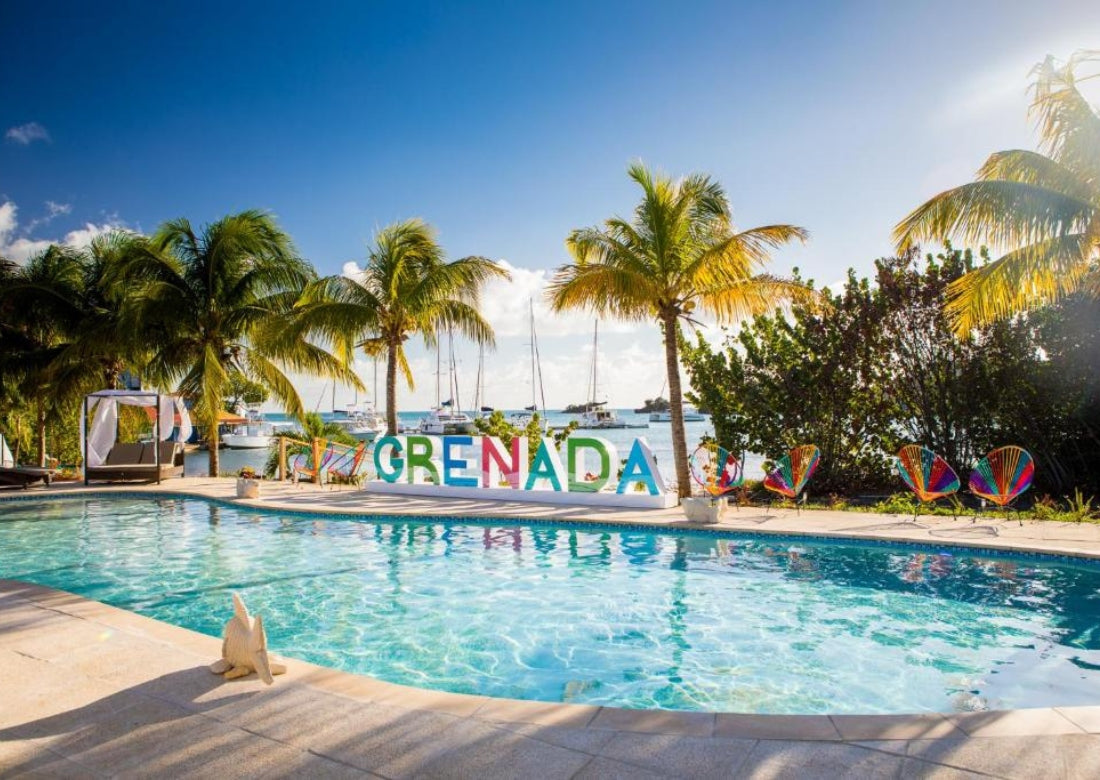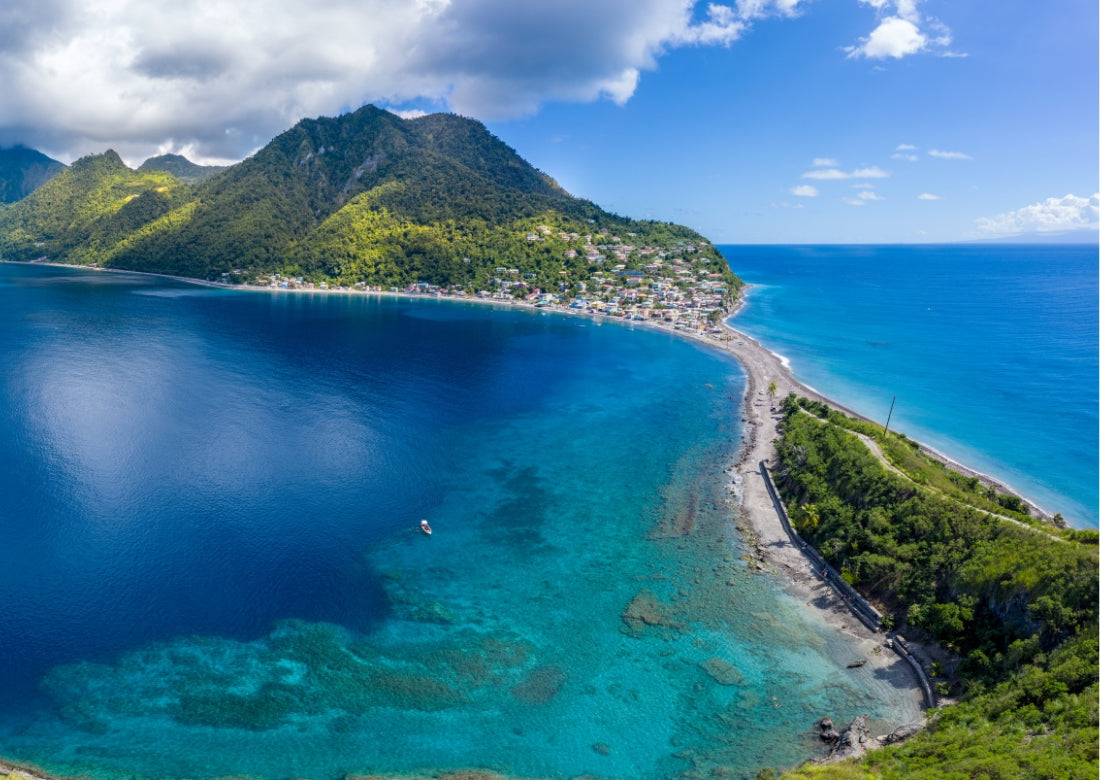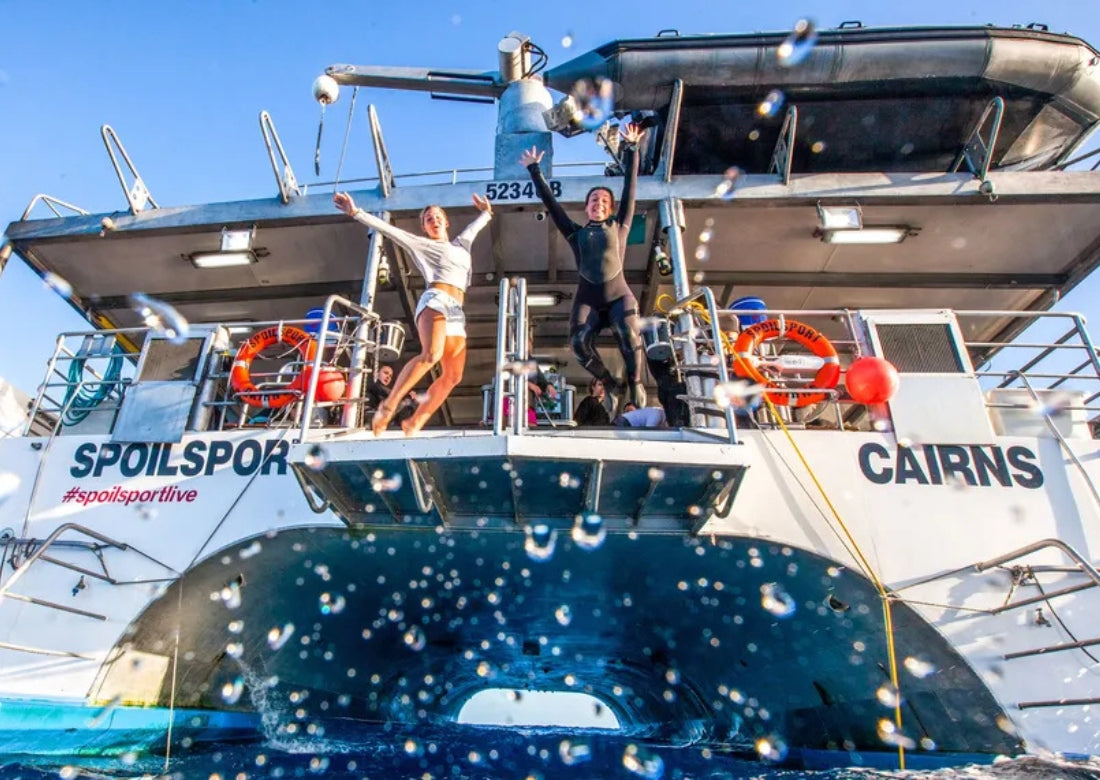Scuba Travel: Diving in Iceland

When we think about a winter diving trip, exotic destinations with sun-draped beaches is often the first thing that comes to mind. However, instead of escaping the cold on a tropical getaway, you may want to try and embrace it, opting to visit the true winter wonderland - wild and otherworldly Iceland.
Home to stunning landscapes, glaciers, mountains, and lakes, Iceland also boasts some of the world’s best cold-water diving sites. Here you can dive between tectonic plates, visit the hydrothermal vent, experience hydrogen sulfide bubbles within a geothermal spring, and see a huge variety of marine life in the fjords and ocean.
So here are some of the best scuba diving sites in Iceland.
Silfra Fissure
Silfra, also known as “The Silver Lady” is, without exaggeration, one of the most iconic dive sites in the world. Located within the Thingvellir National Park (just a 45-minute drive from Reykjavik), it offers the unique opportunity to dive between two tectonic plates - the North American and Eurasian plates - as they drift apart. The water in the fissure originates from the neighboring Langjökull glacier and is filtered through porous underground lava for 30-100 years before reaching the spring that feeds into Silfra. As a result, it is crystal-clear (330-foot (100 m) visibility) but very cold (35 to 39 F (2 to 4 C)) year-round.
As Silfra is right at the crux between the tectonic plates, it is constantly undergoing changes. The shifting of the earth creates new tunnels, caverns, and underwater terrain.
Nowadays, the rift occupies in total a relatively small surface area, approximately 1970 by 655 feet (600 by 200 meters), and is divided into four main sections: Silfra Big Crack, Silfra Hall, Silfra Cathedral, and Silfra Lagoon. Although some sections are fairly deep, the maximum allowed depth for divers is 60 feet (18 m).
The marine life in Silfra consists mostly of bright green “troll hair” and different types of algae.
To visit Silfra, you should be a certified drysuit diver with at least 10 logged dry suit dives within 2 years of the planned dive at Silfra.

Davíðsgjá
Davíðsgjá, like Silfra, is also a fissure located in Lake Thingvellir. This slightly lesser-known site is often called Silfra’s “darker, spookier sibling”. At Davíðsgjá you can walk straight into the water and after a nice shallow swim, you will enter the long, deep, and narrow fissure. The fissure branches off into two areas with various levels of contrasting visibility; a dark narrow gorge to the left side, and a wide-open gorge to the right side. Few dive sites in Iceland have such impressive underwater topography and space from which to explore it.
Just like Silfra, Davíðsgjá boasts incredible visibility with distances over 330 feet (100 meters) being the norm on any given day, however, here it is slightly more dependent on the weather.
The maximum depth of the dive in Davíðsgjá is 69 feet (21 meters).
Strytan
Strytan is another very special dive site - it is the only place in the world where you can dive next to a hydrothermal vent, which are usually miles down in the ocean. Located in the middle of the Eyjafjörður fjord (the North of Iceland, not far from Iceland’s second-largest town Akureyri), this hot spring has been releasing hot water into the ocean for approximately 11,000 years.
The Strýtan area has a few different dive sites. Big Strytan sits at around 230 feet (70 m) and has a 180 feet (55 meter) tall limestone chimney that reaches up to 50 feet (15 meters) under the surface. Little Strytan sits at 85 feet (26 m) and is surrounded by a number of small chimneys. The chimneys are continuously growing as the venting water deposits minerals onto the vent’s walls.
As for the flora and fauna divers can explore, it is quite rich at both sites. Apart from the little creatures, such as starfish, nudibrachs, and clams, you might see schools of cod and pollock, as well as a few curious wolffish.
You can dive here year-round, but just like with Silfra, you must be a certified drysuit diver. You also need to have good buoyancy control and be physically fit since the currents can be strong. Little Strytan is a checkout dive. If you don’t meet the requirements, you won’t be able to dive Big Strytan. As you can easily reach 100 feet (30 m), advanced certification is recommended.
Gardur
Located at the end of the Reykjanes peninsula, about an hour’s drive south of Reykjavík, Gardur is a shore dive in the ocean. The site’s name, which means garden in Icelandic, comes from an impressive variety of sea life that inhabits the area. In addition to exploring more than 42 species of colorful algae, you will be able to dive around extensive kelp forests. These forests are great habitats for wolf fish, scorpion fish, all kinds of flatfish, monkfish, and more. The seascape of Garður also includes stretches of sandy patches, with coral intermittently rising out of the sand.
Although it’s technically possible to see orcas, sperm, fin, sei or blue whales, it is pretty unlikely, as the site is no more than 60 feet (18m) deep.
You can dive here year-round, but it is best to visit between May and September, as the winter is usually too windy for calm seas. Open-water certification is adequate, but drysuit qualification is preferred.
Kleifarvatn Lake
Kleifarvatn is an easy and relaxed, but also a very bizarre dive. Nestled within an impressive volcanic landscape, the lake has quite a few unusual features. The cratered area on the lakebed emits large quantities of warm water and gases. The movement of gas bubbles coming up through the lakebed causes the surrounding rocks to vibrate. Divers can usually feel these vibrations themselves, which makes for a very special experience.
The lake is also known for unusually large brown trout and char.
As Kleifarvatn partially freezes over during winter, both diving and fishing activities are paused during the winter season. So, visit from May to October, but still be sure to take that drysuit with you.

El Grillo
Located in the fjord of Seyðisfjörður in the very east of Iceland, the SS El Grillo was a British oil tanker. German fighter planes sank the ship in World War II, and although there were no casualties, the wreck was slowly leaking oil until 2002 when the rest was pumped out. Today the site is free and clean of oil.
The vessel lies at a depth of about 150 feet (45 m), with its shallowest point being at 92 feet (28 m). The ship is almost 500 feet (150 m) long and weighs over 7000 tons.
Because of the depth, you’ll need an advanced certification. Just as with the other dives on this list, you’ll also need drysuit certification. The best time to dive the wreck is between May and September.




